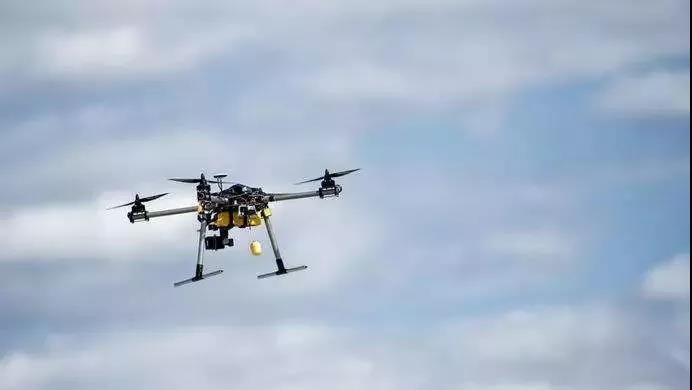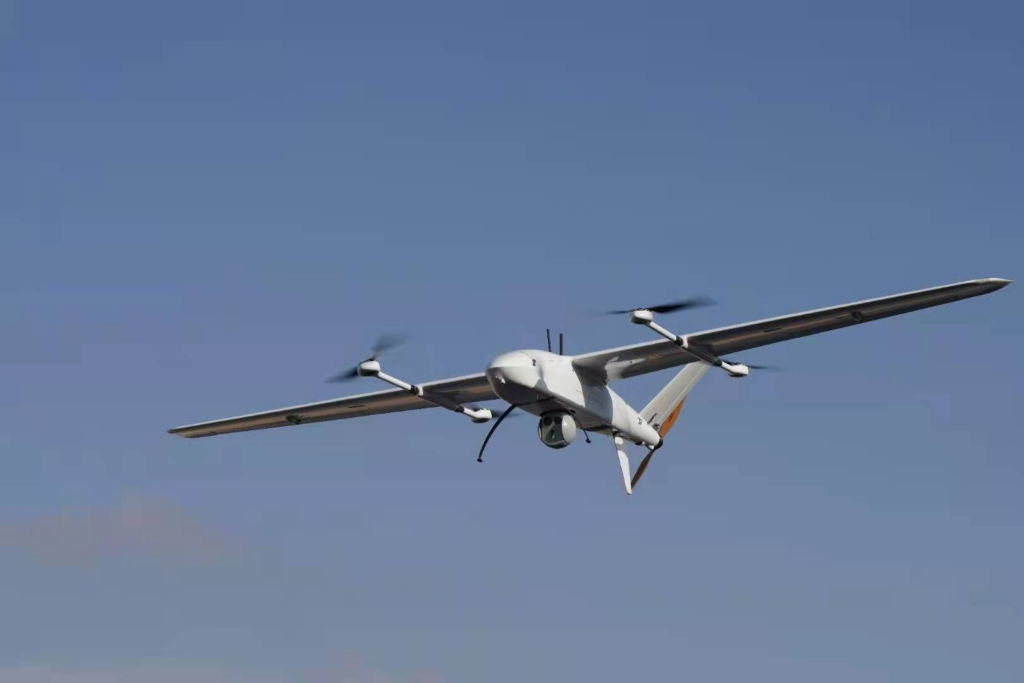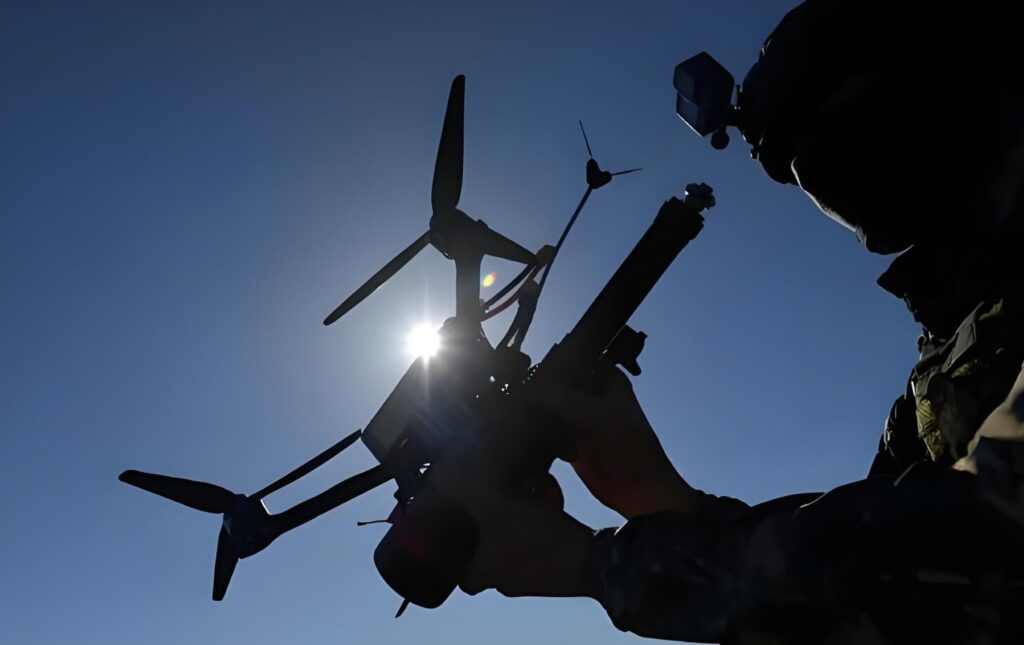In modern drone operations, communication interference has become a critical challenge affecting mission execution. Whether for military reconnaissance, disaster response, or industrial inspections, stable control and data transmission rely heavily on robust communication links. To address this issue, breakthroughs in anti-jamming technologies are enhancing drones’ adaptability in electromagnetically contested environments.
Types of Drone Communication Interference
Drone systems typically face three categories of interference threats:
1. Electromagnetic Jamming: High-intensity noise signals block communication frequencies, disrupting control commands or data transmission.
2. Spoofing Attacks: Fake GPS or control signals mislead drones into deviating from planned routes or executing erroneous commands.
3. Protocol-Level Intrusions: Exploiting communication protocol vulnerabilities to hijack drone control.
These interferences may originate from natural sources (e.g., lightning, power lines) or deliberate countermeasures (e.g., electronic warfare systems).

Core Anti-Jamming Technologies
To counter these challenges, modern drones employ multi-layered anti-jamming designs:
1. Frequency-Hopping Spread Spectrum (FHSS):
Rapidly switches communication frequencies within a preset range, making it difficult for jammers to lock onto effective bands—improving anti-jamming capability by 10x or more.
2. Adaptive Beamforming:
Uses smart antenna arrays to dynamically adjust signal direction, focusing on the target receiver and reducing environmental noise.
3. Multi-Link Redundancy:
Integrates radio, satellite (e.g., BeiDou short messaging), and optical links, automatically switching backups if one channel fails.
4. Encryption and Authentication:
Key Application Scenarios
Military-grade encryption algorithms verify command sources, preventing spoofing and ensuring control security.
1. Military Reconnaissance and Electronic Warfare:
Anti-jamming drones reliably perform intelligence gathering and target designation in high-interference battlefields, supporting electronic countermeasures.
2. Disaster Emergency Communications:
When earthquakes or floods disable ground networks, drones establish temporary relay nodes to maintain rescue coordination.
3. Industrial Inspections in Challenging Environments:
Conduct equipment monitoring and data transmission in high-interference zones like substations or petrochemical plants.
4. Border and Maritime Surveillance:
Resist deliberate interference to enable long-endurance patrols and anomaly detection.

Future Technological Directions
1. AI-Powered Anti-Jamming Algorithms:
Real-time analysis of interference patterns enables dynamic communication adjustments, such as predictive frequency switching.
2. Distributed Cooperative Networking:
Multi-drone data sharing optimizes communication paths, enhancing system-level resilience.
3. Quantum Communication:
Exploring quantum key distribution for drone control links could theoretically achieve “unbreakable” security.
Conclusion
Advances in anti-jamming technologies are transforming drones from “fair-weather tools” into “core assets for complex battlefields.” As electromagnetic environments grow increasingly contested, drones with robust anti-jamming capabilities will become indispensable for military, public safety, and industrial applications. In the future, the integration of communication and anti-jamming innovations may emerge as the new frontier in drone performance competition.


